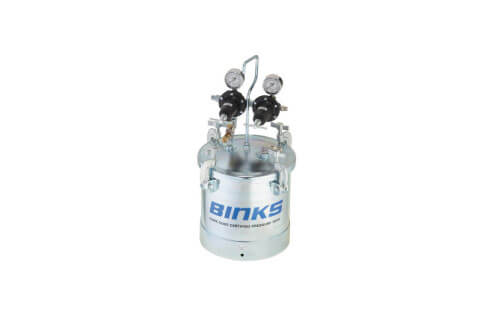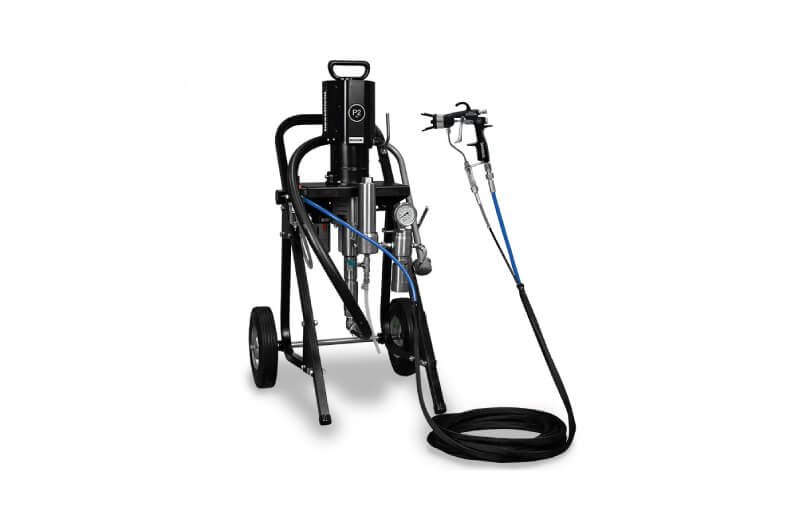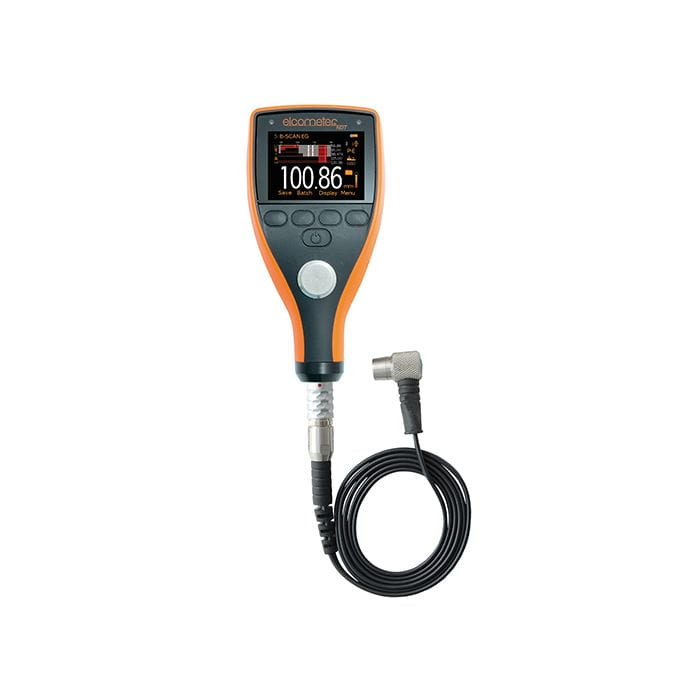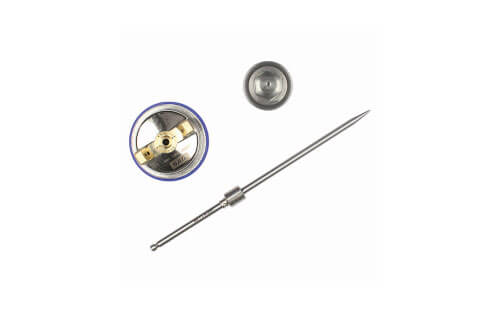Air Pressure & Air Flow in Blasting: How to Specify Your System Correctly
For consistent results and short process times, you need correctly specified air pressure and air flow at the blast nozzle. The right nozzle diameter, minimal pressure losses in the system, and regular nozzle wear checks are key.
Why Nozzle Pressure Matters
The impact energy of the abrasive depends on the mass and velocity of the particles. Adequate velocity is only achieved if the pressure right at the nozzle is correct – not just at the pot or compressor. Plan the entire air path to minimise losses.
Choosing the Right Nozzle Diameter
- Application & performance: Larger nozzles deliver more media at the same pressure but require higher air flow (CFM/m³/h).
- Compressor reserve: Ensure the compressor can supply the required flow with sufficient reserve for line losses.
- Hose diameter: Undersized hoses increase flow velocity and thus pressure drop.
Identifying & Reducing Pressure Losses
- Measure pressure near the nozzle (needle gauge in the hose). The reading must match your process specification.
- Keep hoses short & wide (bull hose, proper couplings), avoid unnecessary bends and transitions.
- Dry, clean air: Moisture and particles increase resistance, wear parts, and cause inconsistent blasting.
Nozzle Wear – the Hidden Efficiency Killer
Over time, the nozzle bore enlarges. The result: higher air demand, lower pressure at the nozzle, more abrasive use, and longer blast times. Check the nozzle regularly with a gauge and replace it when worn.
Practical Checklist
- Measure and log pressure at the nozzle.
- Check nozzle bore size with a gauge.
- Inspect hoses, couplings, and filters for correct bore and sealing.
- Moisture management: use water separators/dryers, monitor dew point.
- Match compressor output to nozzle size; allow for reserve.









